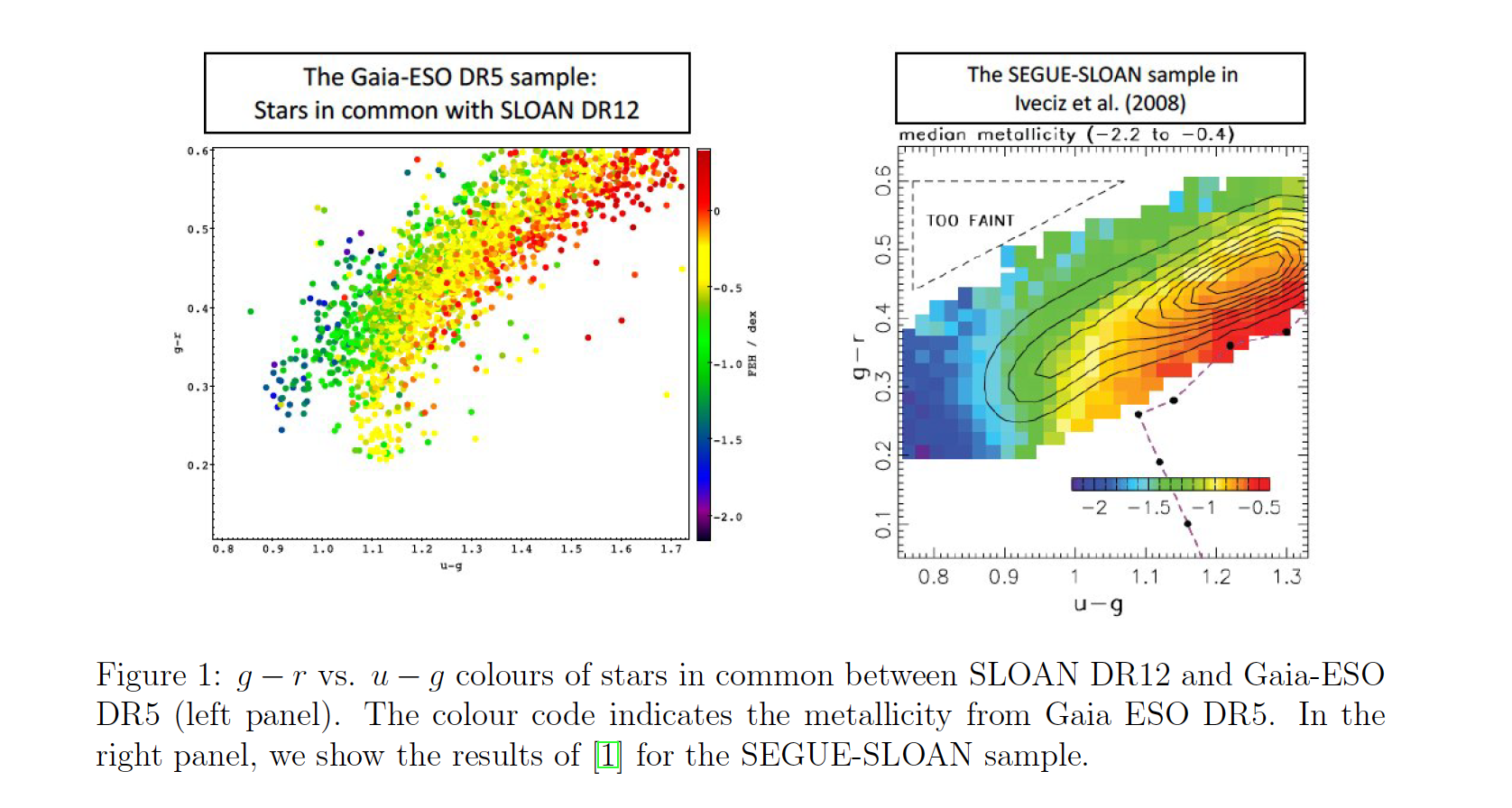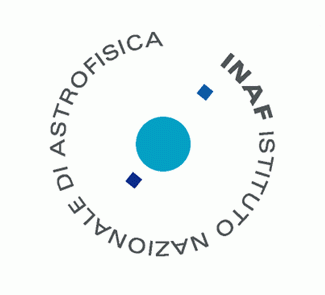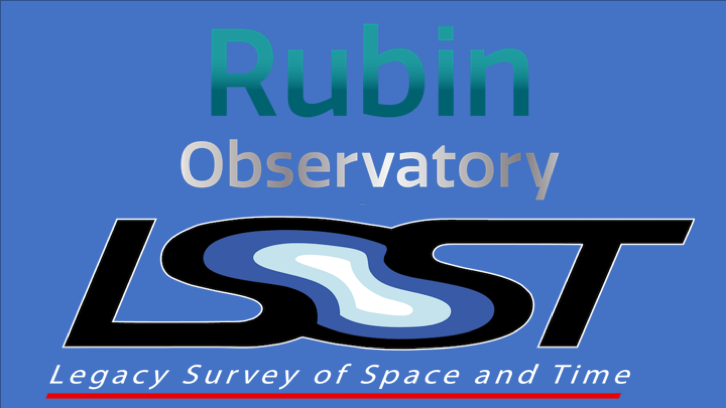Scientific Objectives
Our group actively participated to the call for white papers (WPs) on cadence optimization. We participated to several WPs and we submitted our own WP Investigating the population of Galactic star formation regions and star clusters within a Wide-Fast-Deep Coverage of the Galactic Plane (PIs: Loredana Prisinzano -OAPa and Laura Magrini-OAA) in collaboration with the LSST Italian group of the Observatory of Palermo. More than 30 researchers from Italy, US, Chile, Spain, etc. participated to this WP, including members and collaborators of our quintuplet. In our WP, we propose to include the Galactic Plane in the Wide-Fast-Deep (WFD) survey to allow a deeper systematic survey of star clusters and star forming regions (SFRs) in our Galaxy. In particular, the observations obtained with LSST will make a big difference in Galactic regions that have been poorly studied in the past, such as the anti-center and the disk beyond the Galactic center, and they will have a strong impact in discovering new distant SFRs.
Our project long-term project consists in developing and calibrating a tool to determine stellar metallicity from the LSST photometry. Specifically, we aim to derive stellar metallicity using the colors derived by LSST spectral bands. Spectroscopic metallicities of benchmark stars and star clusters observed for the final data release of the Gaia-ESO Survey will be used as calibrators. As done for the SDSS, it is possible to convert the photometric colors in an estimate of [Fe/H], since for a given spectral type, a star with enhanced metal content (i.e. large [Fe/H]) produces less flux in the blue portion of its optical spectrum. For SDSS, it has been possible to find a function that relates all photometric colors to [Fe/H]. We have simulated the computation of a correlation between colors and metallicity for LSST using SDSS photometric data and the results of DR5 of Gaia-ESO. In Figure 1, we show our preliminary results (left panel) to be compared with the results of the SEGUE-SLOAN sample. At survey completion, LSST will provide for stars with 0.2< g – r < 0.6 and apparent magnitude g < 23.5 an error on the u-g color of 0.05 mag, a practical limit for robust metallicity studies. This will translate in a metallicity measurement accurate to 0.2 dex or better for at least 200 million F/G main-sequence stars brighter than g < 23.5, generating an incredible revolution in Galactic studies.
Our group prepared several tools to perform star cluster detection making use of both photometric and astrometric data. We developed several tools useful for cluster detection and characterization. The tools have been used on Gaia DR2 data, providing excellent results.
i) UPMASK: it is a tool that allows the identification of members of star clusters based on clustering algorithm. This tool makes use of both photometry and astrometry. It has been successfully used on Gaia DR2 data where it has allowed the membership determination of 1200 clusters. It has proven to be effective also in the detection of new star clusters.
ii) DBSCAN: it is based on a density clustering algorithm. It consists in a supervised learning method such as an artificial neural network (ANN) to automatically distinguish between real star clusters and statistical overdensities. This tool was tested on Gaia DR2 data.
iii) BASE9: an already existing Bayesian tool (BASE9) has been intensively tested to derive ages, distances, extinction on about 300 clusters based on Gaia DR2 photometry (Bossini, Vallenari, Cantat Gaudin, Carrera et al 2018, A&A, submitted).

Members
Principal Investigator:
Rosanna Sordo INAF-Osservatorio Astronomico di Padova
Co-Investigator:
Laura Magrini INAF-Osservatorio Astrofisico di Arcetri
Antonella Vallenari, INAF-Osservatorio Astronomico di Padova
LSST young researchers:
Antonella Vallenari, INAF-Osservatorio Astronomico di Padova
Laura Magrini INAF-Osservatorio Astrofisico di Arcetri
Germano Sacco INAF-Osservatorio Astrofisico di Arcetri
Giada Casali INAF-Osservatorio Astrofisico di Arcetri
Other INAF participants:
Ricardo Carrera INAF-Osservatorio Astronomico di Padova
Diego Bossini INAF-Osservatorio Astronomico di Padova
Tristan Cantat-Gaudim INAF-Osservatorio Astronomico di Padova
S. Randich INAF-Osservatorio Astrofisico di Arcetri
E. Franciosini INAF-Osservatorio Astrofisico di Arcetri
E. Pancino INAF-Osservatorio Astrofisico di Arcetri
S. Lucatello INAF-Osservatorio Astronomico di Padova
M. Mapelli INAF-Osservatorio Astronomico di Padova
A. Bragaglia INAF-Osservatorio Astronomico di Bologna
E. Carretta INAF-Osservatorio Astronomico di Bologna
S. Degl’Innocenti Università di Pisa
M. Nonino INAF-Osservatorio Astronomico di Trieste
A. Pietrinferni INAF-Osservatorio Astronomico d’Abruzzo
P. G. Prada Moroni Università di Pisa
E. Tognelli Università di Pisa
S. Messina INAF-Osservatorio Astronomico di Catania
A. Lanzafame INAF-Osservatorio Astronomico di Catania
A. Spagna INAF-Osservatorio Astrofisico di Torino
LSST Affiliation
Stars, Milky Way and Local Volume
Activity Report

